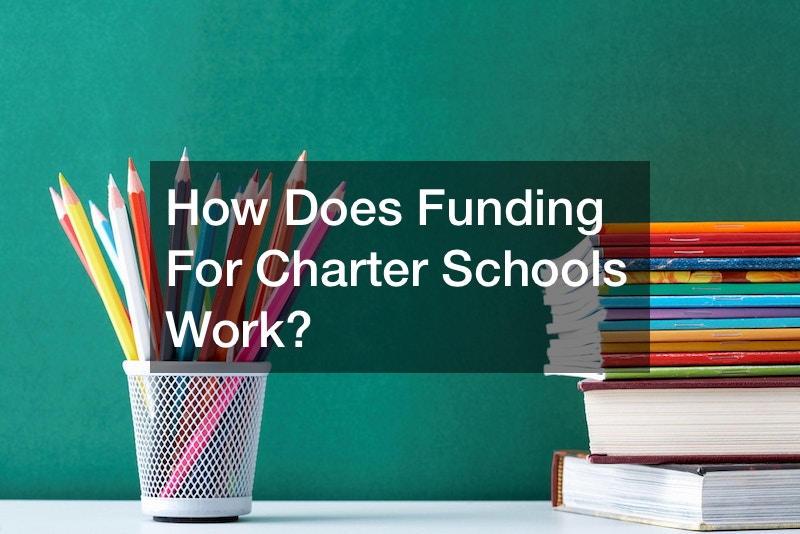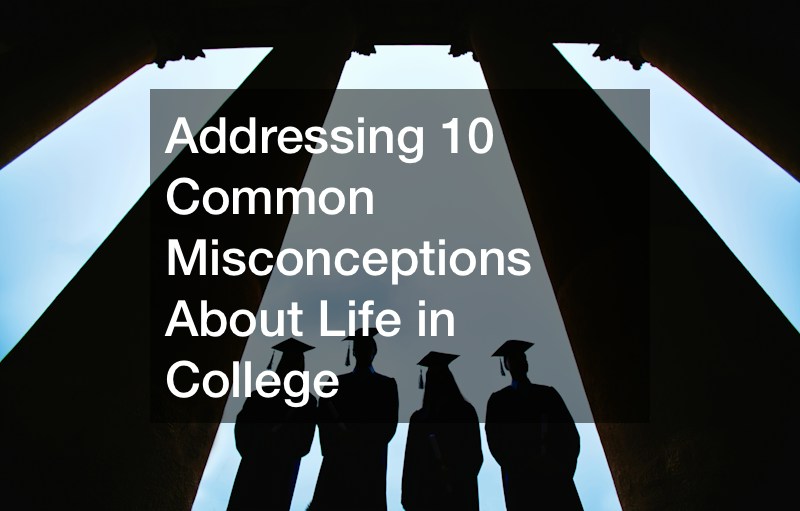
In the video above, the reporter delves into the intricate funding mechanism that sustains charter schools, shedding light on charter school financing. This financial model serves as the lifeblood for both traditional public schools and charter schools, intertwining local and state funds sourced from property taxes.
The funding process amalgamates local contributions with state allocations, lottery revenues, and other state funds.
Calculated on a per-student basis, this finance system undergoes multifaceted computations. District cost differentials and grade levels are pivotal factors influencing the funding disbursement. Charter schools’ funding is contingent on the average student count taken twice a year, specifically in October and February. This dual measurement determines an average student count for payment purposes, allowing these schools to receive funds based on this calculated average. However, administrative expenses skim off five percent of these funds, a proportion that might decrease for high-performing charter schools, reducing their overhead costs.

This intricate financing structure emphasizes the challenges faced by charter schools, underscoring the financial differences between these alternative education systems and traditional public schools. The reporter’s explanation offers insight into the complexities surrounding educational funding for charter schools, showcasing the nuanced financial landscape that shapes the sustainability and operations of charter schools within the state’s education system.



